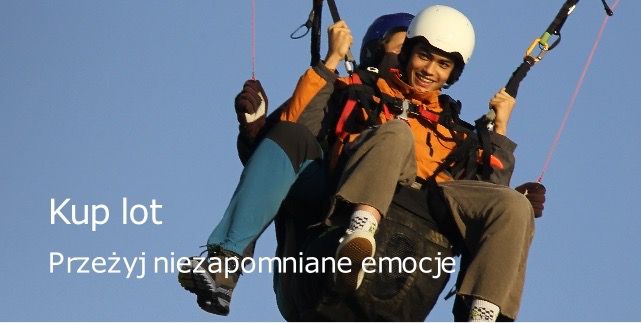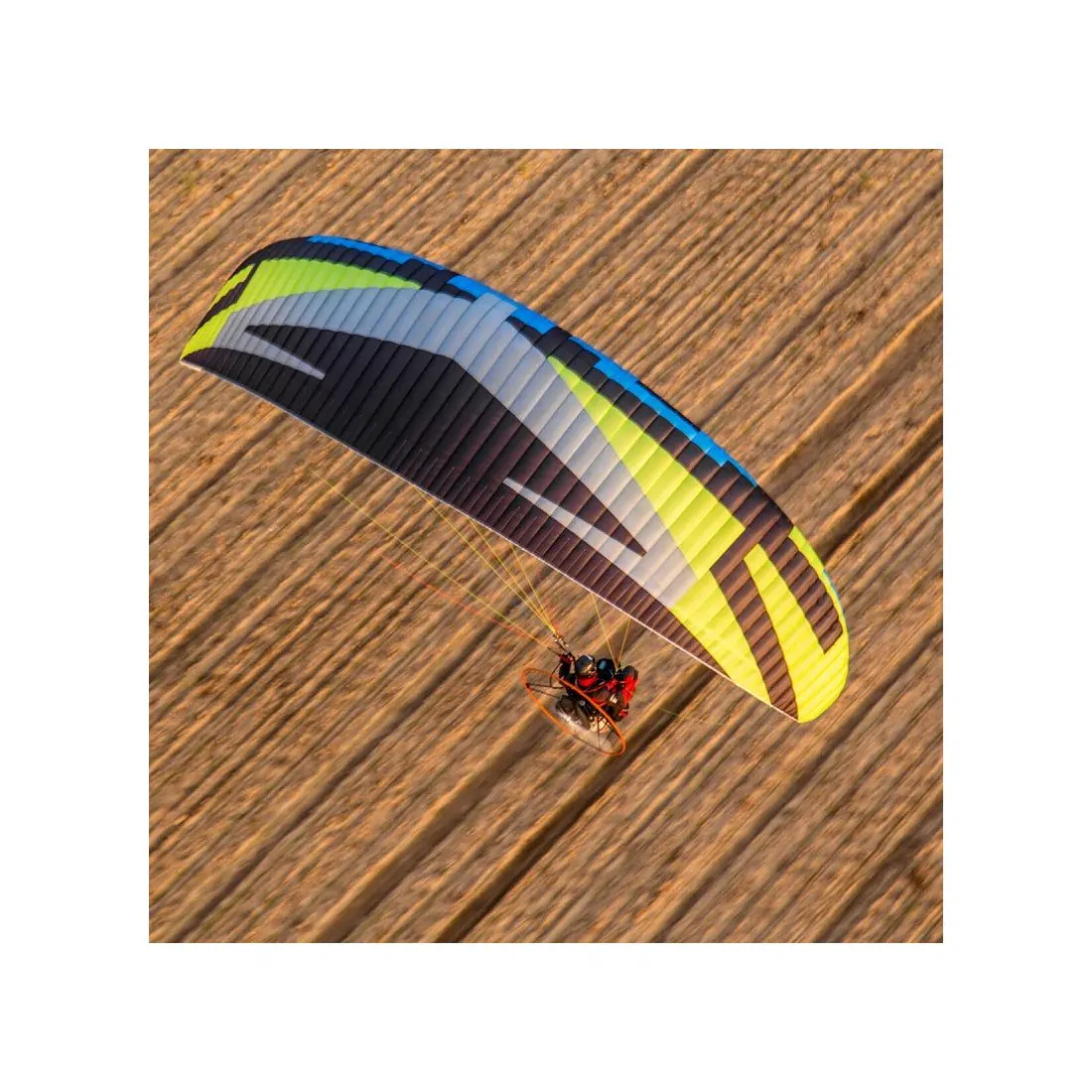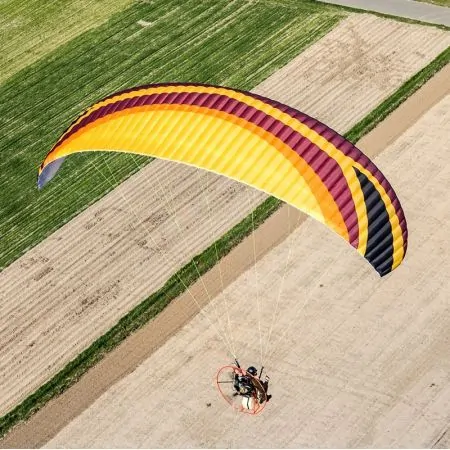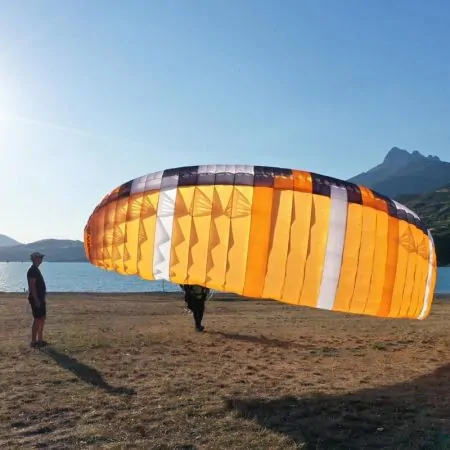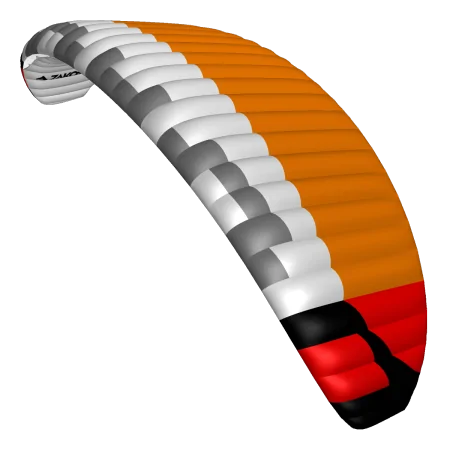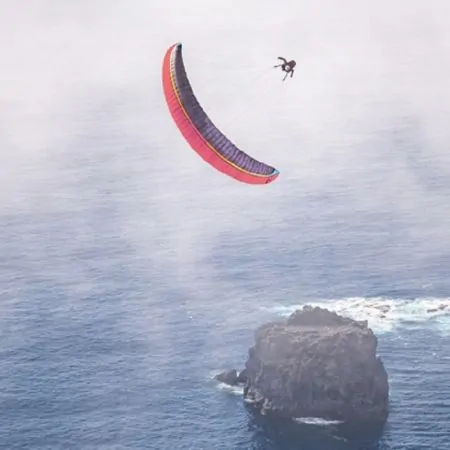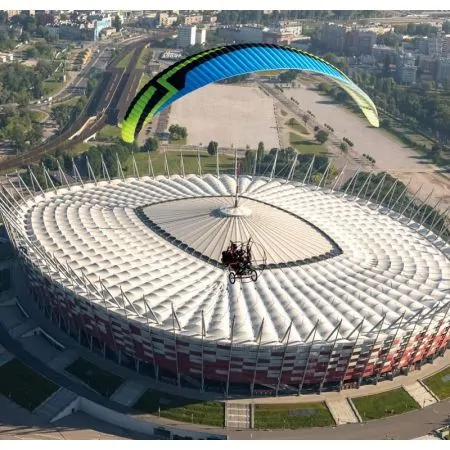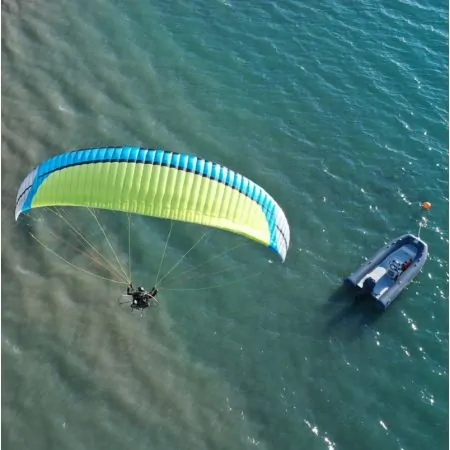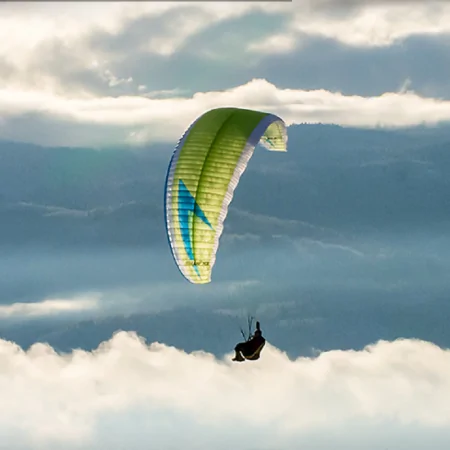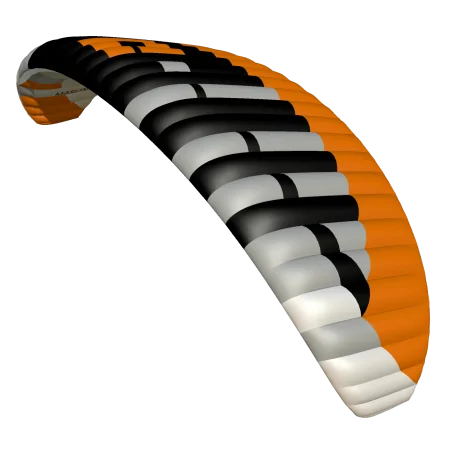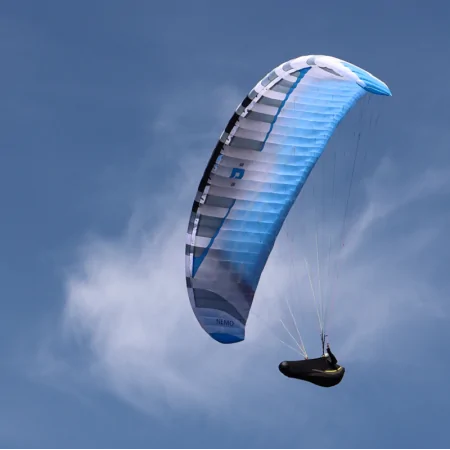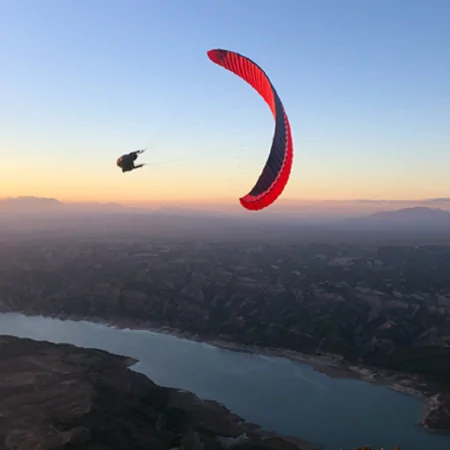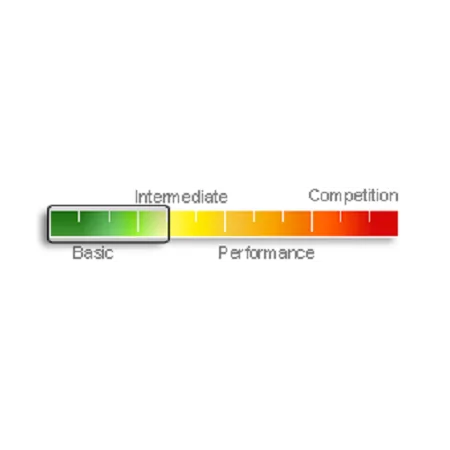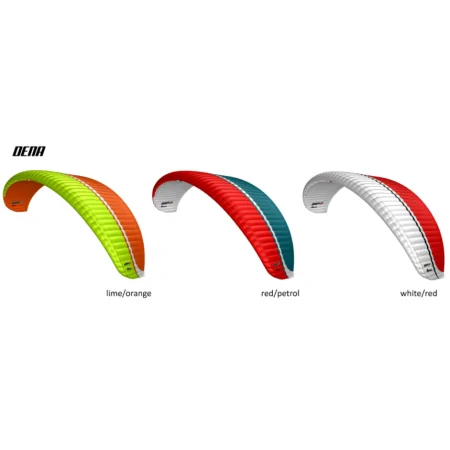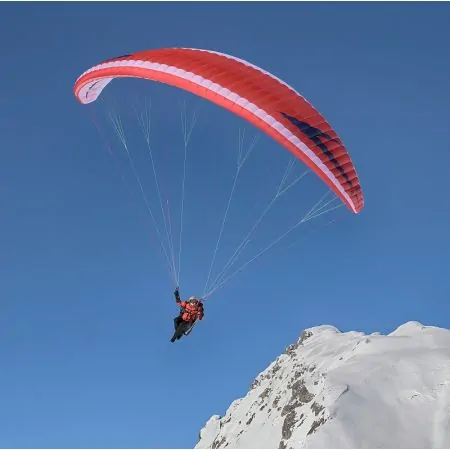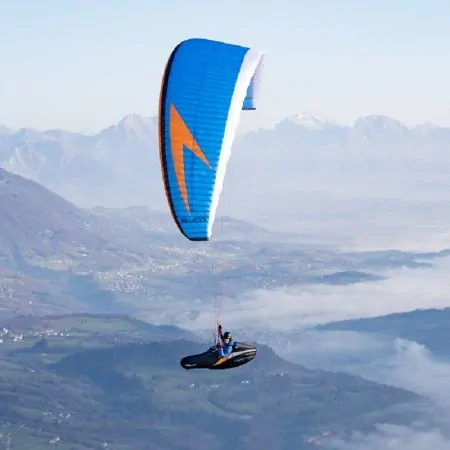Universal 1.1
Universal 1.1
Universal is the first free flying (EN B) paraglider ever which can be converted by its user into a full-blood paramotor canopy (conforming to the DGAC standard).
Universal is a great free-flying recreational paraglider.
Beginning pilots will surely appreciate exceptional comfort in uneasy thermals, resulting from considerable amount of reflex traits present in the design.
Design and purpose
Universal is the first free flying (EN B) paraglider ever, which can be converted by its user into a full-blood paramotor canopy (conforming to the DGAC standard).
After activating the trimmers and installing the ALC + Universal 1.1 becomes a fully reflex wing with good economy, on which you can fly for recreational and cross-country flights, use thermals, and learn to fly with the engine.
Universal 1.1 is a refreshed version of its predecessor, with improved risers and a redesigned color scheme in the Four Elements palette. We replaced Dominico fabric with Porcher and changed the colors of the lines (according to PMA standards). We have modernized risers’ tooling, simplifying their structure, making them more transparent and more convenient to use.
The basic parameters of the wing have not changed.



